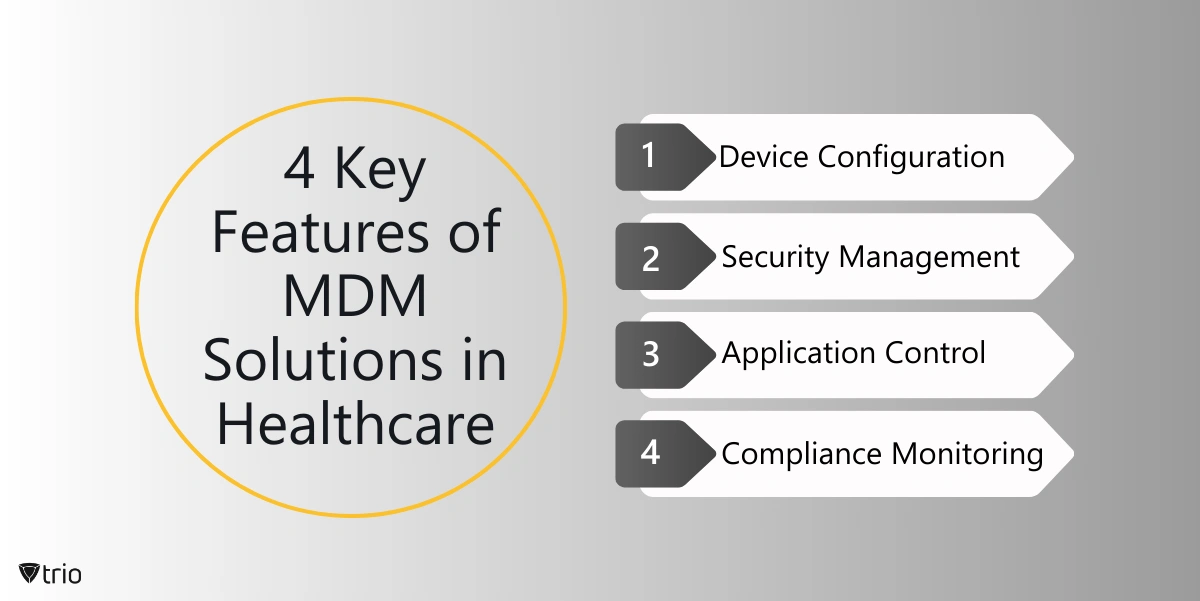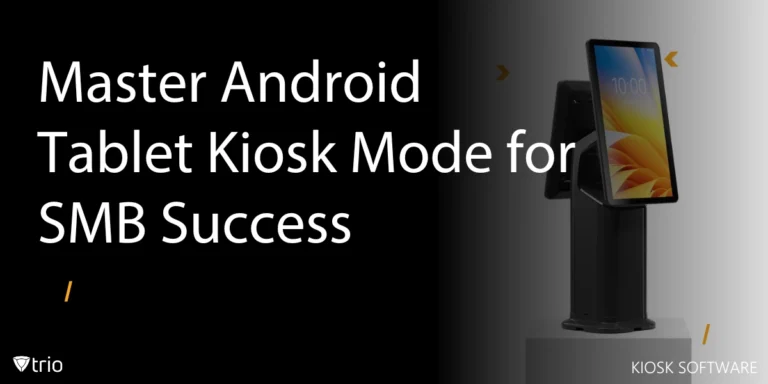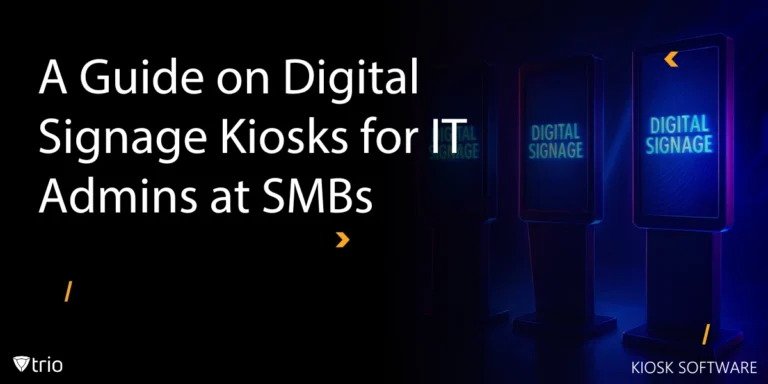In the fast-paced environment of healthcare, effective device deployment in hospitals is critical. With advancements in medical technology, hospitals are increasingly reliant on various devices to provide top-notch patient care and streamline operations. According to Allied Market Research, the global mobile health market size was valued at “$70.7 billion in 2022 and is projected to reach $370.7 billion by 2032.” However, the complexity of deploying and managing these devices necessitates a strategic approach, particularly with the integration of Mobile Device Management (MDM) solutions.
The adoption of Mobile Device Management in healthcare is transforming how hospitals manage their technological infrastructure. These solutions not only ensure that devices are deployed efficiently but also that they remain secure and compliant with healthcare regulations. In this blog, we will explore the intricacies of device deployment in hospitals and highlight the pivotal role of MDM solutions in this process.
Challenges in Hospital Device Deployment
One of the primary challenges in hospital device deployment is ensuring compatibility and integration with existing systems. Hospitals often use a variety of legacy systems and new technologies, which can create compatibility issues. Ensuring that new devices can seamlessly integrate with existing devices used in hospitals requires careful planning and coordination.
Managing a large volume of devices is another significant challenge. Hospitals deploy thousands of devices, ranging from smartphones and tablets to complex medical equipment. Keeping track of these devices, ensuring they are properly configured, and maintaining their security can be overwhelming without a robust management system in place. Additionally, the sensitive nature of healthcare data means that security and compliance are paramount concerns during device deployment.

The Role of Mobile Device Management (MDM) in Healthcare
Mobile Device Management (MDM) solutions play a crucial role in addressing the challenges associated with hospital device deployment. MDM refers to the administration of mobile devices, such as smartphones, tablets, and laptops, used in an organization. In healthcare, MDM solutions help manage these devices, ensuring they are secure, compliant, and efficiently utilized.
Key features of MDM solutions for healthcare include device configuration, security management, application control, and compliance monitoring. These solutions enable IT administrators to remotely configure devices, enforce security policies, and monitor device usage. This centralized control ensures that all devices operate consistently and securely, aligning with the stringent requirements of the healthcare industry.

Benefits of MDM Solutions in Hospital Device Deployment
One of the primary benefits of MDM solutions in hospital device deployment is simplified device provisioning and setup. With MDM, IT administrators can configure devices remotely, ensuring they are ready for use right out of the box. This reduces the time and effort required to manually set up each device, allowing hospitals to deploy technology quickly and efficiently.
MDM solutions also enhance security and data protection, which are critical in healthcare settings. They enable the enforcement of security policies, such as password requirements and encryption, and provide tools for tracking and managing devices. In case of lost or stolen devices, MDM can remotely wipe sensitive data, mitigating the risk of data breaches and ensuring compliance with regulations like HIPAA.
Strategies for Successful Device Deployment in Hospitals
Conducting a thorough needs assessment is a fundamental strategy for successful device deployment in hospitals. This involves evaluating the specific requirements of different departments, understanding the types of devices needed, and determining the best deployment approach. A well-conducted assessment ensures that the deployment plan aligns with the hospital's operational goals and patient care objectives.
Developing a comprehensive deployment plan is equally important. This plan should detail the deployment process, including timelines, responsibilities, and contingency measures. Effective training programs should also be incorporated to ensure that healthcare staff are proficient in using the new devices. Clear communication and support during the rollout phase are crucial for minimizing disruptions and ensuring a smooth transition.
Best Practices for Using MDM in Healthcare Settings
Standardizing device configurations is a best practice when using MDM in healthcare settings. Standardization ensures that all devices are configured uniformly, reducing variability and simplifying management. It also helps in maintaining compliance with regulatory standards and facilitates easier troubleshooting and support.
Implementing role-based access controls is another critical best practice. MDM solutions can restrict access to sensitive data based on the user's role within the hospital. This minimizes the risk of unauthorized access and ensures that staff only have access to the information necessary for their duties. Regular audits and monitoring can further enhance security and compliance, making MDM an indispensable tool for hospital IT management.
Conclusion
In summary, effective device deployment in hospitals is essential for delivering high-quality patient care and improving operational efficiency. The integration of MDM solutions is pivotal in managing the complexities of modern healthcare technology. From ensuring security and compliance to streamlining device setup and maintenance, MDM solutions provide the necessary tools to support efficient device deployment and management.
As technology continues to evolve, hospitals must adopt these advanced solutions to stay ahead. By leveraging MDM, healthcare organizations can enhance their technological infrastructure, support their staff, and ultimately provide better care for their patients. The journey towards efficient device deployment is ongoing, but with the right strategies and tools, hospitals can navigate this path successfully.
To stay informed about the latest in device deployment and management, explore the capabilities of our MDM solution, Trio. Try out Trio’s free demo today to see how it can streamline the various processes in healthcare organizations.
Get Ahead of the Curve
Every organization today needs a solution to automate time-consuming tasks and strengthen security.
Without the right tools, manual processes drain resources and leave gaps in protection. Trio MDM is designed to solve this problem, automating key tasks, boosting security, and ensuring compliance with ease.
Don't let inefficiencies hold you back. Learn how Trio MDM can revolutionize your IT operations or request a free trial today!





